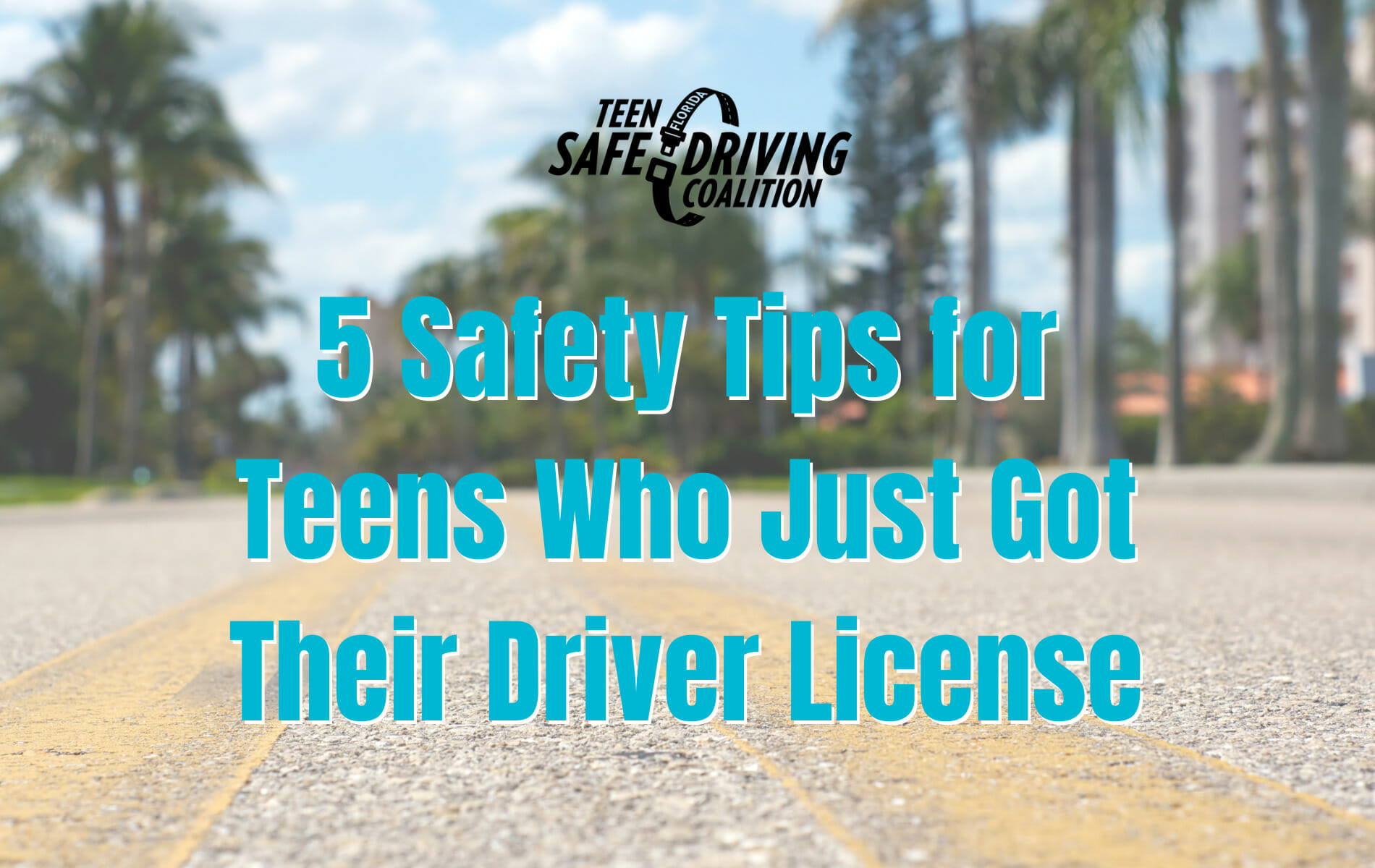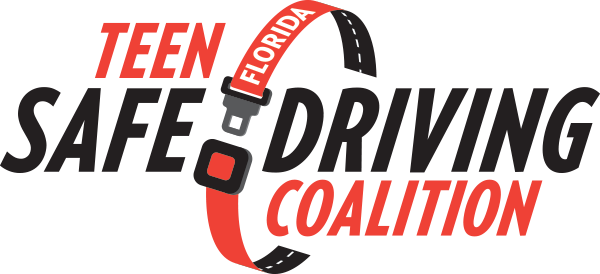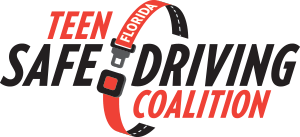
5 Safety Tips for Teens Who Just Got Their Driver License
It feels like just yesterday when your child was learning how to ride a bike, and now they’re licensed to drive a car. If you have a new teen driver, you want to equip them with the skills they need to be safe on the road. After all, real driving isn’t quite like those remote control cars they played with as a child.
While getting a license to drive brings your teen plenty of excitement, it also requires responsibility to ensure they stay safe on the road. So, before you hand over the keys and send your newly licensed teen driver off, establish important safety rules that your teen must adhere to while driving. Check out these safety tips for new teen drivers.
1. Put Away the Phone
Your teen might always have their smartphone within reach, but when they’re driving, the smartphone needs to be out of sight. After all, a text message alert or phone call might distract your teen, making them more focused on their smartphone than they are on the road. Establish a plan for what your teen will do with the smartphone when they’re driving. They can tuck it into their purse or backpack and place it in the backseat or even store it in the glove compartment. Make sure your teen follows this rule every time they get behind the wheel.
Consider installing a safe driving app that takes the temptation of checking their phone away from your teen. These apps detect when your car is on and in motion, and it locks the phone so that your teen can’t access it. Some apps even send auto responses to any text that comes in, telling the sender that your teen is driving and not available. These apps can deliver added peace of mind for parents as teens start driving.
2. Limit the Number of Passengers
A car packed full of friends can also be a distraction for new teen drivers. Talk to your teen about your expectations when they’re driving, which includes how many other people you will allow in the car with your teen––if any. Perhaps your teen will take a younger sibling to school to save you the trip. Or maybe they will carpool to and from practice or extracurricular activities with a neighbor. While these rides with one other person might be deemed acceptable, avoid allowing your teen to fill the car with friends, especially if they’re headed to a social event. Establishing this limit before your teen hits the open road prevents any confusion and reduces distractions for your teen driver.
3. Minimize Other Distractions
While their smartphone and friends might be the biggest distraction while driving, your teen is going to have to deal with other distractions as well. Talk about those potential distractions so that your teen can build a plan for avoiding them. For example, your teen might want to line up a perfect playlist for every drive. If they do, they need to get their music going before they start driving, not during a drive.
While a gas station pit stop or drive through a favorite coffee shop might give your teen the nourishment they’re craving, food and drink can also be a distraction on the road. So, you should recommend that your teen avoid eating and drinking while driving, too.
4. Follow the Rules of the Road
Traffic laws might be a new concept for your teen, which is why it’s especially important that they follow the rules of the road every time they are behind the wheel. Go over these rules before you turn over the keys. Make sure your teen always uses turn signals, stops completely at stop signs and abides by the speed limit. Explain to your teen that they must put on their seat belt every time they get behind the wheel, and if they have passengers in the car, they must wear seat belts too. Emphasizing and reviewing these rules can ensure that your teen follows them every time they are driving.
5. Ease Into Driving
Driving skills develop with experience, which is something your teen lacks when they get their license. So, a new teen driver needs to adhere to stricter rules than a driver with years of experience behind the wheel. Initially, consider establishing these driving limitations for your teen:
- No passengers
- No nighttime driving
- No interstate or highway driving
- No driving in rainy, icy, or snowy conditions
With these rules in mind, your family can maximize safety as your teen gains some independence and begins to drive.
Author Bio: Cristin Howard runs Smart Parent Advice, a site that provides parenting advice for moms and dads. Cristin writes about all of the different ups and downs of parenting, provides solutions to common challenges, and reviews products that parents need to purchase.

